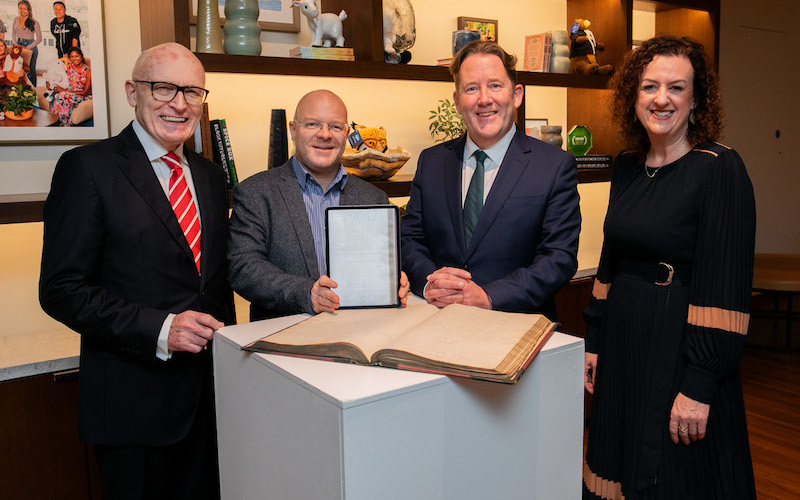It was the final census to cover the entire island before partition, revealing people’s names, ages, occupations, religion, literacy, Irish language ability and housing information.
It also introduced new questions requiring married women to record the duration of their marriage, the total number of children born alive, and how many were still living, providing an unprecedented insight into families, as well as fertility and child mortality rates, in early 20th-century Ireland.
Accredited Genealogists Ireland (AGI), a specialist group of professionals, has released a new guide for family historians, in a bid to encourage people to learn about their older relatives.
"The 1911 census is invaluable for genealogists," explained Michael Walsh, AGI president. "It captures Irish life at a defining moment in our history – the eve of independence."
The census has been published online by the National Archives, which described it as "an extremely valuable part of the Irish national heritage".
It also said that it was a "resource for genealogists, local historians and other scholars which has not, as yet, been developed to its fullest potential.
"The Irish diaspora is estimated to amount to 70 million people in all parts of the globe, and many of these have an interest in their family and local history," it said.
Read more
The census was enumerated on April 2, 1911, almost exactly a decade after the 1901 census. No census was taken in 1921 due to the upheaval and unrest of the War of Independence, and the next census was not carried out until 1926.
The National Archives recently announced that the 1926 census is due for its full digitised release in April 2026. AGI said that in 1911, each head of household was required to complete the census. Those who could not write would put an X on the form, witnessed by the enumerator.
They were asked to name the members of the household and to state their age, sex, marital status, religion, literacy, occupation, county or country of birth and their ability to speak English and/or Irish.
AGI said: "The introduction of new questions around the topic of marriage, children born alive, and children still living reveals significant insight into fertility and child mortality rates in early 20th-century Ireland.
"Also, the Old Age Pensions Act of 1908 had been introduced in the intervening years since the earlier census in 1901.
"To qualify for a pension, one of the requirements was to have reached 70 years of age. Consequently, a significant number of declared ages on the 1911 census are a little 'suspect', and for this reason it is always best to check an individual’s age in both the 1901 and the 1911 census."
AGI said there were a number of different ways to search the census. It can be done by surname and/or forename, county, townland, electoral division, district, age, or gender. The 1911 census is freely available online here.
* This article was originally published on Extra.ie.




Comments